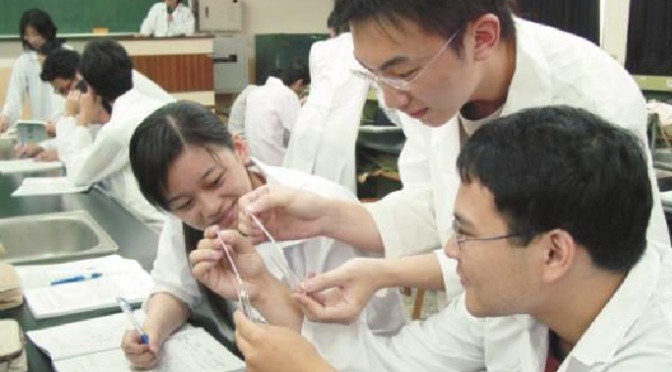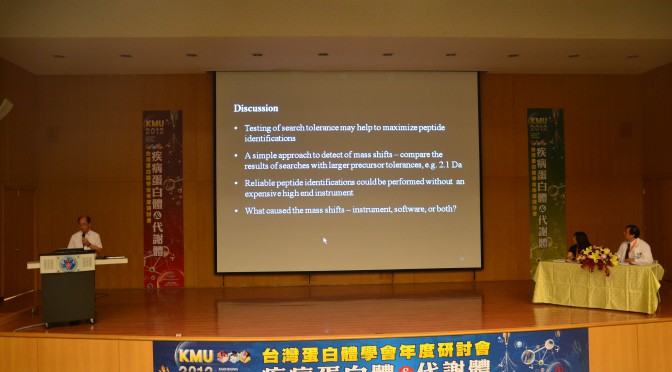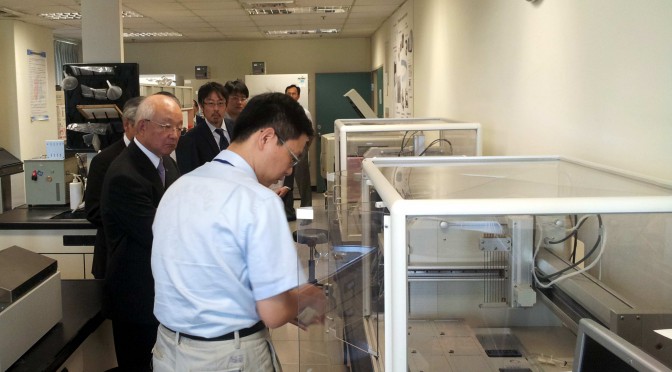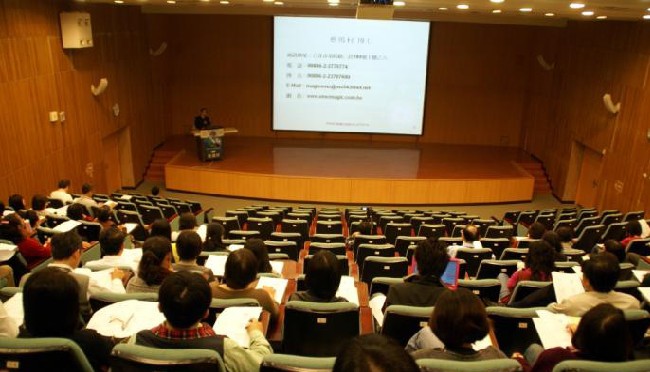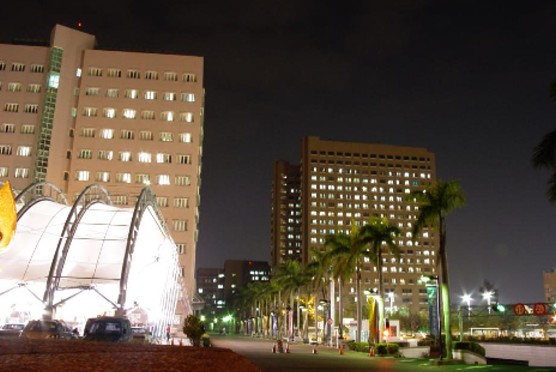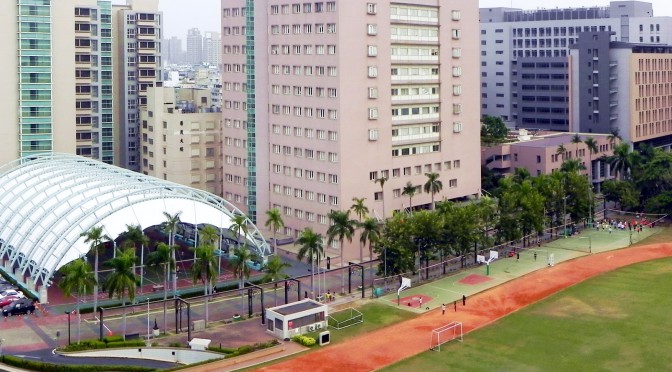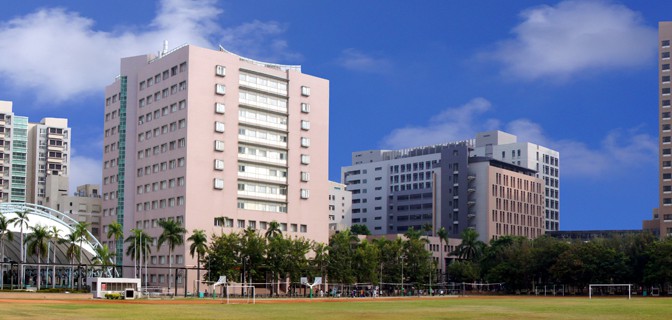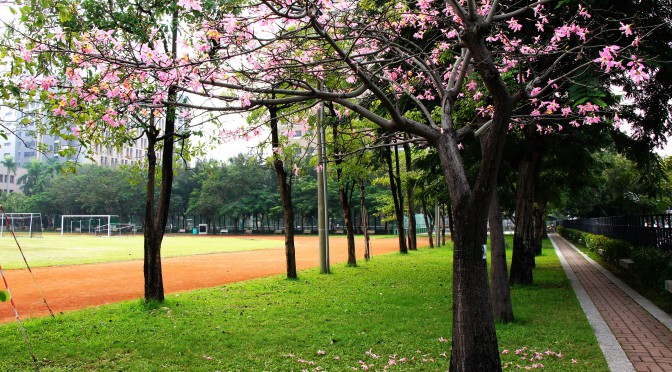Kaohsiung Medical University was founded as ‘Kaohsiung Medical College’ in 1954 by former Kaohsiung Mayor Frank C. Chuan, who donated land for the college site, and the first Doctor of Medical Science, Dr. Tu, Tsung-Ming. The College is located in Kaohsiung, the urban heartland of southern Taiwan. It was the first private institution of its kind in Taiwan.
At its beginning the college had only one department, Medicine. Presently it has been transformed into a university and includes 6 colleges, 21 departments and 5 independent graduate institutes. The university offers undergraduate , postgraduate study and research programmes ; many courses are available as both full-time and part-time modes. This change came about through strong, insightful, and dedicated leadership.
Responding to teachers and students’needs in clinical teaching, research and internship, and developing advanced medical science research, the Chung-Ho Memorial Hospital was thus established in 1957 as a teaching hospital, as well as a medical center for citizen’s health. In 1998, Kaohsiung Medical University was entrusted by the Kaohsiung City Government to manage Kaohsiung Municipal Hsiao-Kang Hospital, which combines medical treatment and concept of community health to develop as a regional teaching hospital. On the 6th of June in 2003, the opening of Frank C. Chen Memorial Building even set new milestone in Southern Taiwan as the hospital has the most advanced diagnostic equipment, along with the human-centered services. In addition, the respect for human life is another point that Kaohsiung Medical University emphasizes. On the 1st of January in 2010, Kaohsiung Medical University team greatly expanded its service territories as it officially took over the Kaohsiung Municipal Ta-Tung Hospital. One year after Kaohsiung Municipal Ta-Tung Hospital upgraded to a regional teaching hospital and it was highly recognized as a holistic-health-care community hospital. Kaohsiung Medical University has 4 tasks-education, research, health care and services for over 6 decades, which helped it to earn reputation being a top medical center for education and medical science in Southern Taiwan. Nevertheless, university was also approved by the Ministry of Education through overall Excellence Awards of Medium-term Development Plan.
Mr. Frank C. Chen was the 1st (1954-1966) and 3rd (1972-1993) Chairman of the Board of Trustees. Mr. Shou Nan Hung was the 2nd Chairman (1966-1972). The incumbent chairman Mr. James D. Chen has been our Chairman since 1993.
Prof. Tu, Tsung-Ming the college’s first president (1954-66), together with his equally high-minded and hard-working colleagues established the Kaohsiung Medical College in line with his philosophy of “Joyfully embracing learning, and prioritizing research”. Kaohsiung Medical College soon became known as southern Taiwan’s major center of medical science. In June of 1957 the college hospital was founded. The outpatient department was located on Liu He Road, and the wards and operating rooms were located in the second and third original buildings.
The second president, Dr. Wei, Huo-Yao (1966-67), established solid systems for education, personnel, finance, and management. Kaohsiung Medical College was thereby able to maintain stable growth.
The third president, Dr. Yang, Chen-Chung (1967-73), established the Center for Tropical Medicine and a 3-year nursing program and also planned the construction of the college hospital. When the hospital was completed in 1970 it was named Kaohsiung Medical College Chung-Ho Memorial Hospital.
The fourth president, Dr. Hsieh, Sian Chen (1973-91), expanded the college from 4 departments to 12 departments including 6 master’s programs and 3 PhD programs. During his terms, the General Technology Building, the student dormitories, an alumni house, as well as the Li-Shue and the Chi-Shih Buildings were constructed. In order to enhance international academic exchanges, he also established an affiliation between Kaohsiung Medical College and the University of Arkansas in the United States. Dr. Hsieh also established his philosophy that embodies the ideals of “resolutely striving for progress, encouraging learning, and benefiting the world”. This has laid the foundation for the future development of Kaohsiung Medical University.
The fifth president, Dr. Tsai, Jue-Hsiung (1991-2000), was the first alumnus to become the university president. During his term, the Medical Research Building and Underground Parking Lot were constructed. Furthermore, the university began operating the Hsiao Kang Hospital for the city. He relentlessly sought the continuous growth of the university and transformed Kaohsiung Medical College into Kaohsiung Medical University, which nowadays consists of six colleges. Based on his concept of “searching for the myth of life”, he was committed to crossing the boundaries of medicine and expanding related fields of science through increasing medical services as well as interactions between the society and those medical services.
The sixth president, Dr. Wang, Gwo-Jaw (2000-2006), continued the development of Kaohsiung Medical University by preserving, reforming, and innovating in order to “reshape ourselves into a first-rate university of international repute that is based on an enduring foundation that combines the best of the old and new“. He constructed the First Teaching Building, the student dormitories, as well as the library.
The fourth and fifth president, Dr. Yu, Hsin-Su, seeks to maintain the tradition of dedication to medical service, to give care and support to the underprivileged, to provide students with opportunities to participate in NGOs and other international humanitarian relief organizations, and to accomplish whole-person education. Furthermore, through restructuring and monitoring systems, he has established a core management unit and a core laboratory to manage diverse biological information and human resource data, proposed specific but comprehensive strategies for “Teaching Excellence, Innovative Research, Quality Humanism, and Social Caring” in order to lead Kaohsiung Medical University towards becoming Taiwan’s foremost medical center. He also started the construction of the 2nd Teaching and Research Building which was completed in 2012.
The incumbent president ,Dr. Liu Jing Kuang ,(July, 2012 to present) continues pursuing the value of life, that is to “maintain the human values of life, dignity, health, and welfare”. He sets the goal for the medical education and health care to pursue excellence, to continue the KMU spirit of helping people and contributing to the society. He promotes I Love KMU, which encompasses Innovation, Legislation, Knowledge, Mission and Universality. Based on the core values “respect life, pursue truth”, we further cultivate interdisciplinary health professionals who are able to integrate learning, knowledge, research and application into their specialty. Under Dr. Liu’s leadership, it is hoped that KMU moves towards becoming a globally competitive top university.
